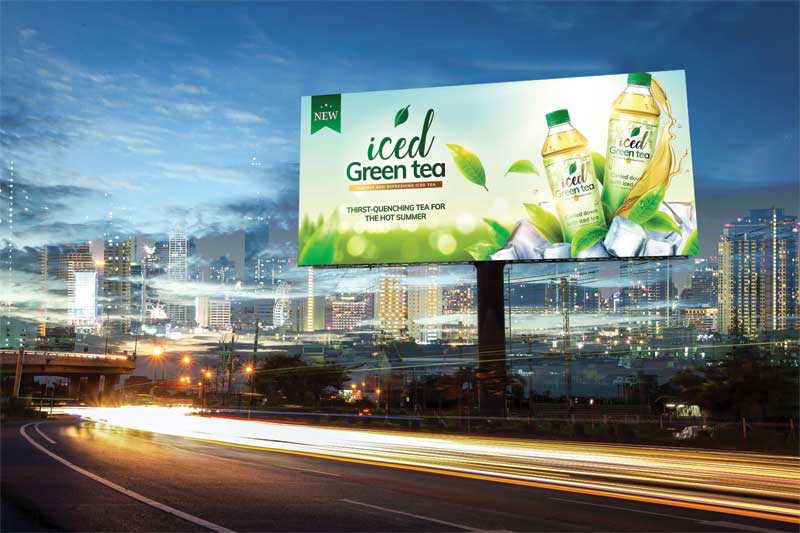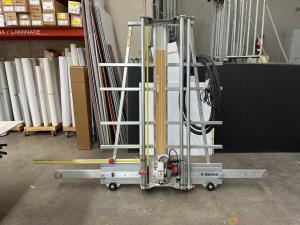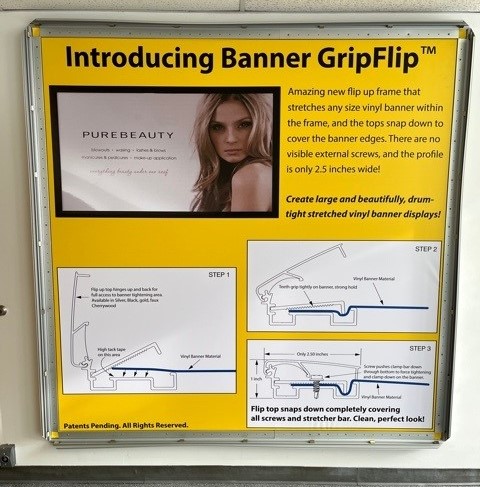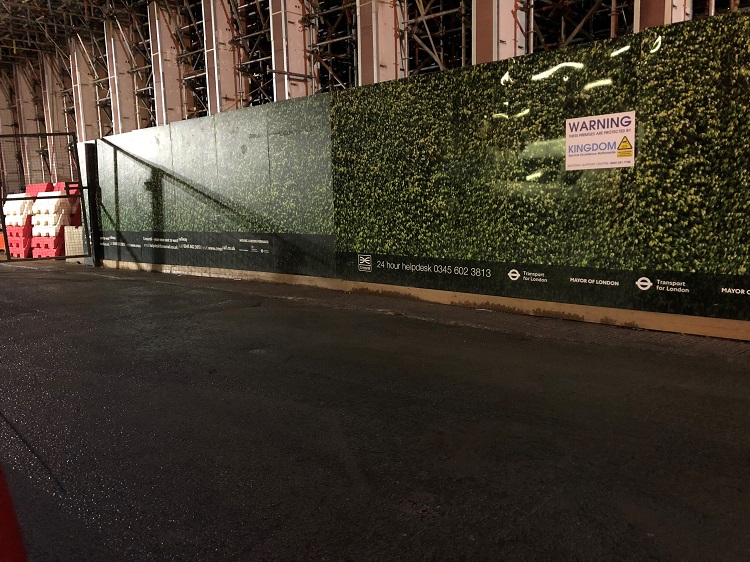Tech Advances in OOH Advertising
By Luba Giglia

The marketing landscape has undergone major changes over the past few years. Digital channels like search engines, social media, and mobile advertising continue to advance, with more than 80 per cent of online ads being bought programmatically; however, the digital advertising landscape has also witnessed severe fragmentation (outside of Google, Facebook, and Amazon). Marketers are continuously looking for new ways to drive better advertising performance to reach their target audiences.
The growth of OOH
Out-of-home (OOH) is one of the healthiest advertising mediums, with 36 straight quarters of growth according to the Out of Home Advertising Association of America (OAAA). Digital out-of-home (DOOH) is the second fastest-growing advertising medium. However, less than five per cent of OOH advertisements are being purchased programmatically. While digital advertising quickly embraced programmatic buying and the convenience of technology, OOH has lagged in adapting until now.
Advertising executives are shifting focus away from specific channels, impressions goals, and critical-path-method (CPM) objectives. Instead, they are placing more emphasis on delivering the brand’s stated business outcomes in the most cost- and time-efficient manner. No one wants to spend weeks negotiating rates, filling out request for proposals (RFPs), and reviewing insertion orders. This is an era where convenience and automation are the new norm, and data is key to any successful advertising campaign.
Whether one likes it or not, there is a stigma about OOH. It is believed to be expensive, takes a lot of time, and lacks analytics. That said, in the last couple of years, OOH has taken a significant turn in the right direction, incorporating audience measurement and segmentation, data analytics, and programmatic buying into the mix—all of which are expected to contribute to the growth of this advertising medium.






